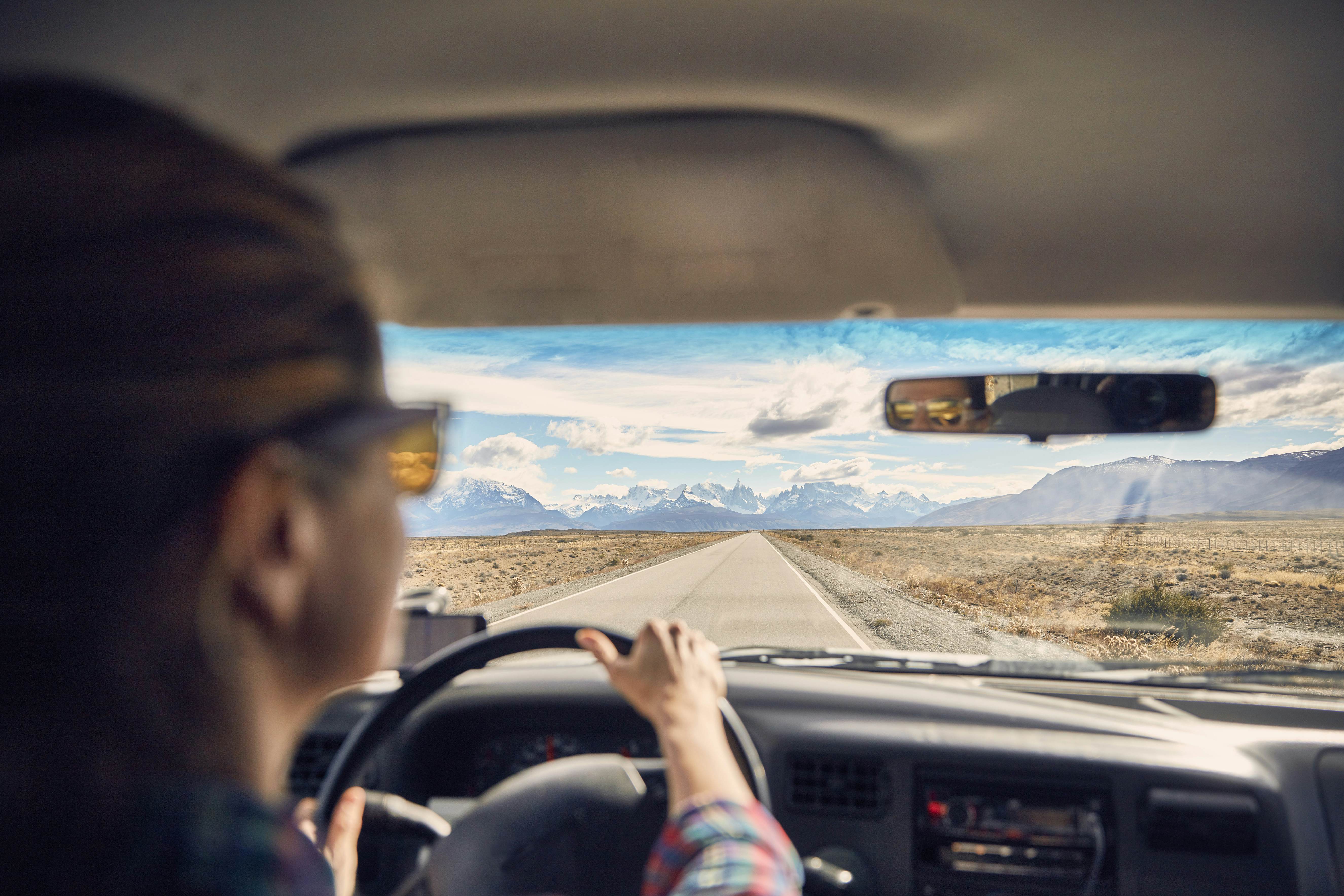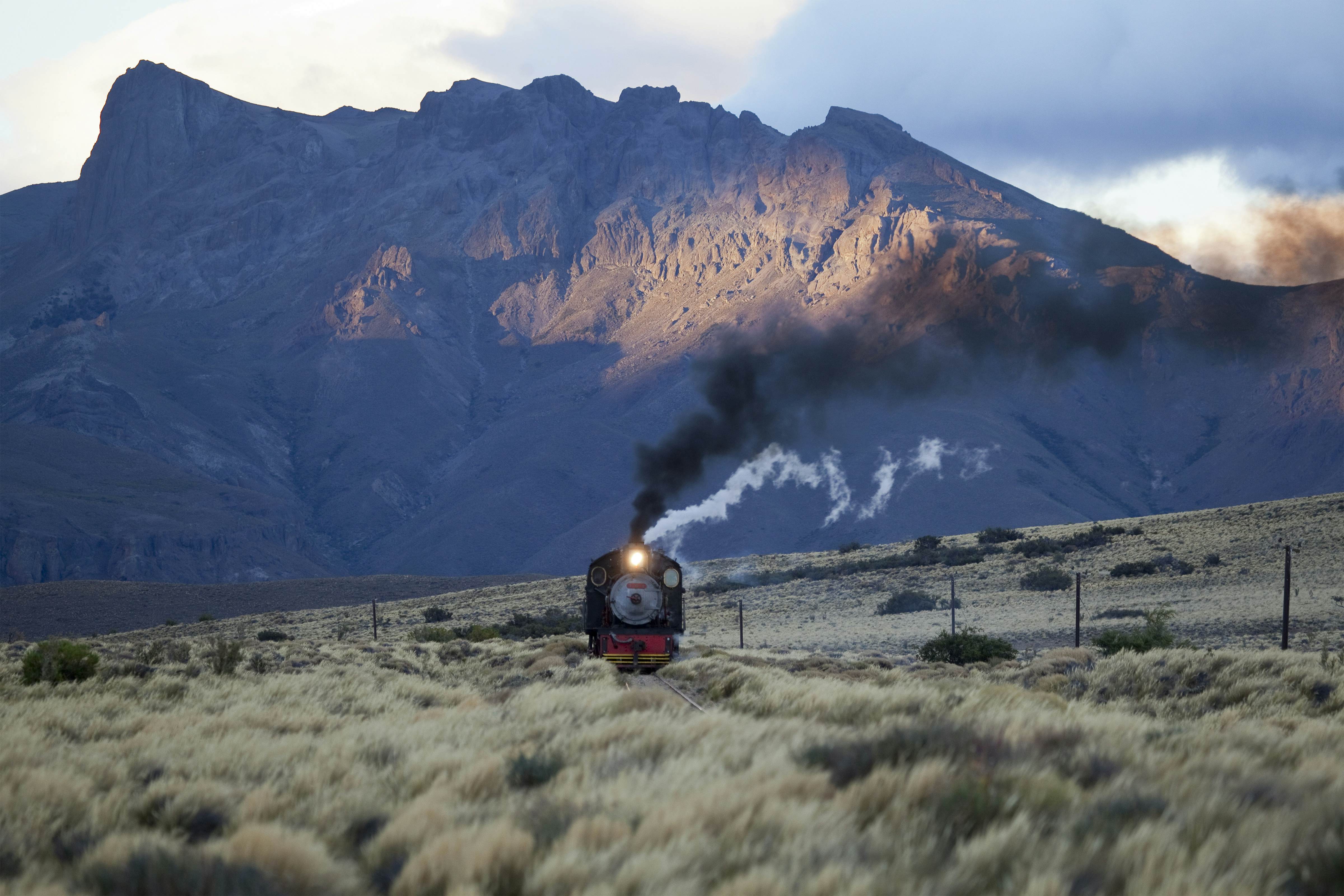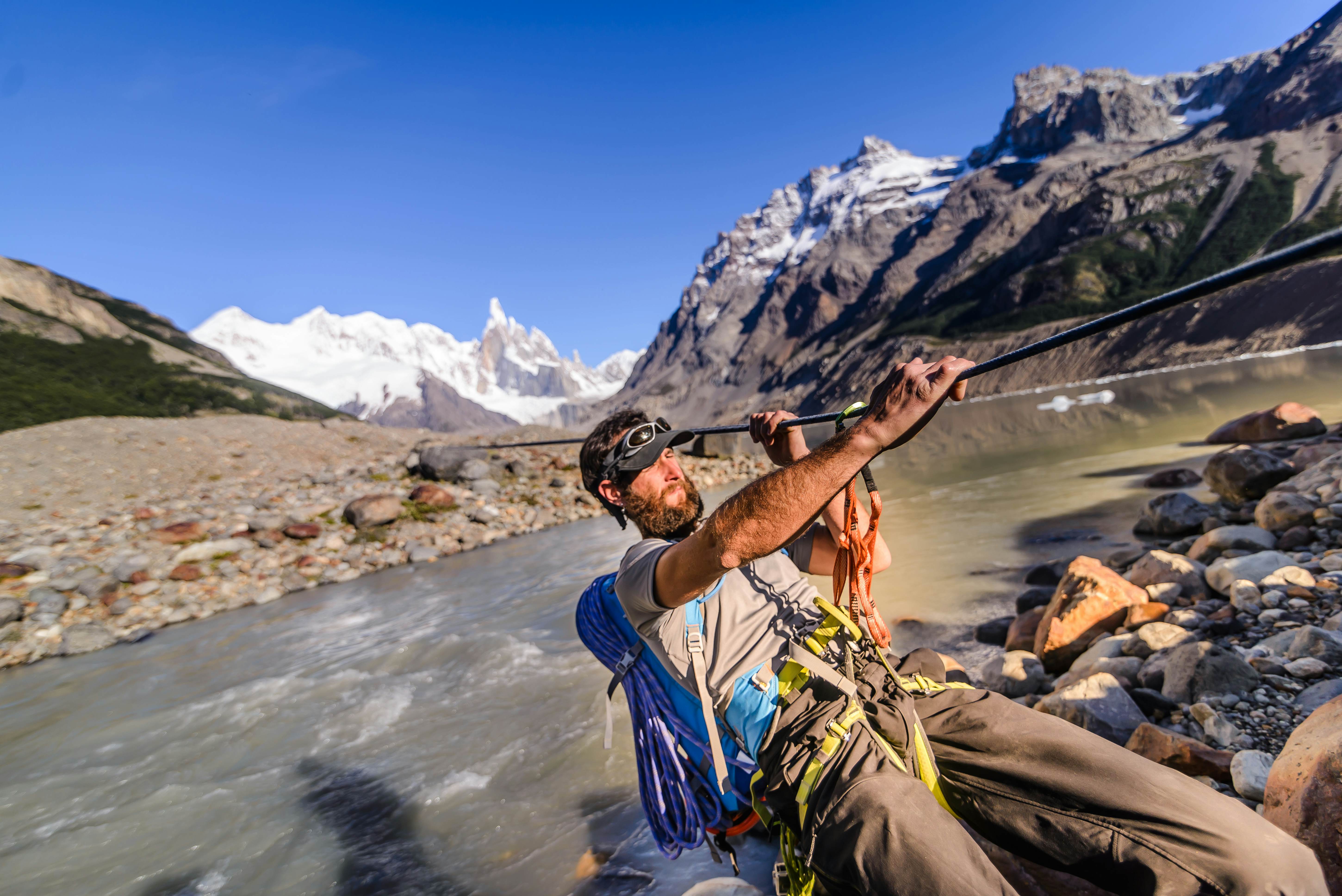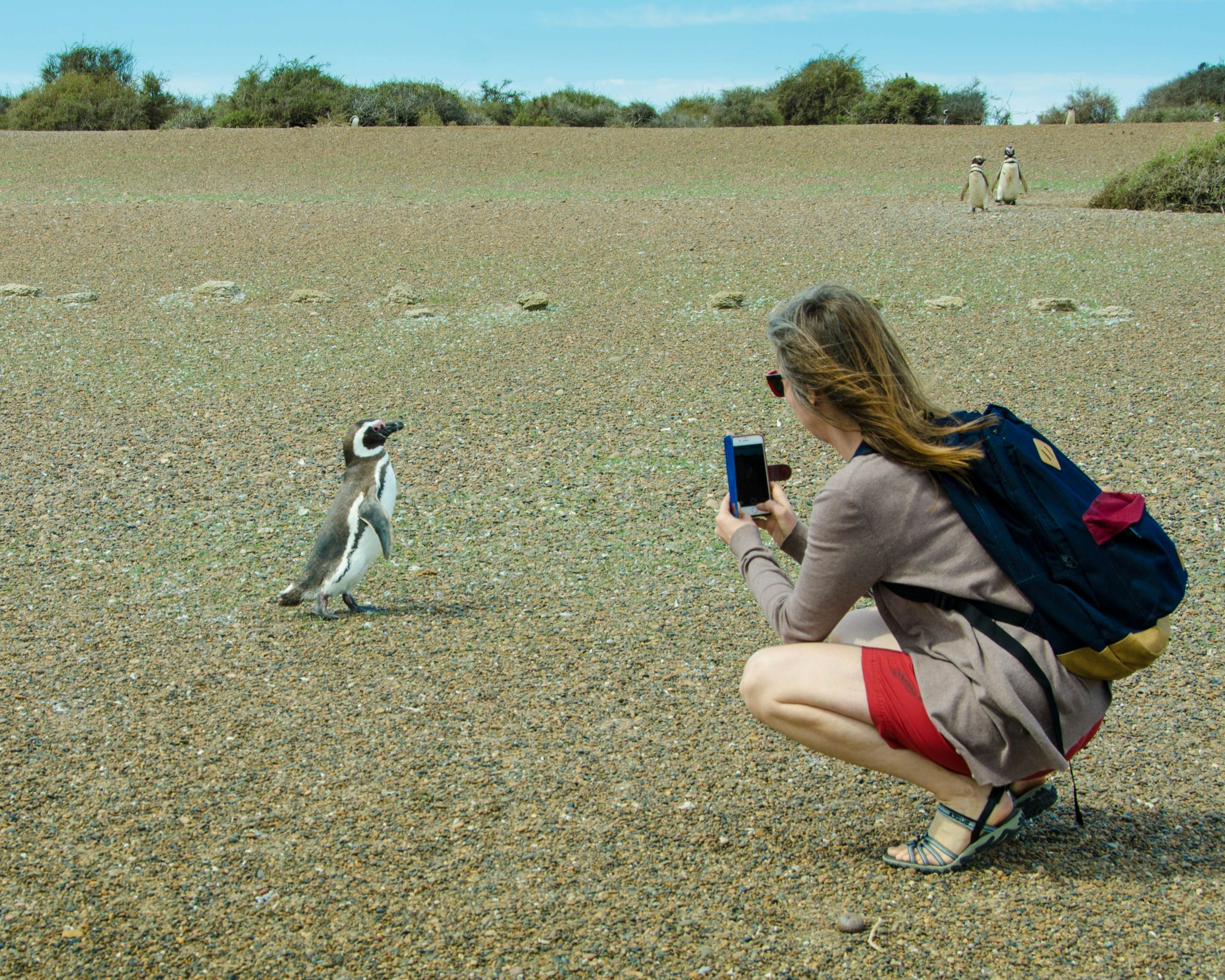First-timer’s guide to Patagonia
6 min readThe word Patagonia conjures dreamy images of wide-open spaces, remote natural beauty, massive glaciers, soaring Andes, outdoor adventures and iconic wildlife on land and at sea. The Patagonia region of Argentina, which includes the southernmost third of the country all the way south to Ushuaia, the most southerly city in the world, delivers all of that and more.
Travel to Patagonia – a geographic area divided between Argentina and Chile at the bottom of South America – can be tricky to plan and confusing to navigate. These tried-and-true tips and need-to-know facts about when to go, top activities, insider favorites, what to expect and more ensure that first-time visitors make the most of a trip to the wild, rugged and breathtaking Patagonia region of Argentina.
[embedded content]
When should I go to the Patagonia region of Argentina?
It’s important to remember that South American seasons are opposite those in North America or Europe. In the Patagonia region of Argentina, summer (roughly December through February) is the busiest season, with warmer temperatures and all hotels, restaurants, parks, tours and other forms of tourism infrastructure open for business. Note that the infamous Patagonian wind can also be at its fiercest in the summer months.
South American autumn (roughly March through May) brings spectacular fall color as the leaves of local beech trees change to yellow, orange and red with the season. Though some hotels and restaurants close when the summer season ends, travel to the Patagonia region of Argentina is still possible during South American fall and winter (June through September), when temperatures drop, snow falls and winds tend to ease up.
How long do I need to stay in the Patagonia region of Argentina?
The main highlights of the Patagonia region of Argentina are spread over a large area, so this destination requires more than just a long weekend. If you want to hit the main sights from top to bottom, allow at least two weeks – even longer for travelers who want to spend time hiking and camping instead of just rushing from place to place.
If your time is limited (or you prefer slow travel), choose a region of Argentinean Patagonia (north, central, south) and focus on the activities and points of interest there.

Is it easy to get in and around the Patagonia region of Argentina?
The Patagonia region of Argentina is vast, and distances between destinations are great. A handful of flights from Buenos Aires or Mendoza serve a handful of Patagonian cities and towns. From there, buses are the only form of long-distance public transportation.
This makes group tours that include van transportation a very popular and hassle-free way to explore the Patagonia region of Argentina. Self-driving is also an option for those looking for more autonomy and adventure, and the number of 4X4 and RV rental companies offering appropriate vehicles and support in the region is growing.

Top things to do in the Patagonia region of Argentina
In an area known for natural beauty, one natural wonder stands alone. The Perito Moreno Glacier, one of the most visited destinations in the Patagonia region of Argentina, is 31km (19 miles) long, 5km (3 miles) wide, and up to 171m (560ft) deep.
While most other glaciers are shrinking, scientists say that this massive hunk of ice – which is part of the massive Southern Patagonian Ice Field and calves regularly – is maintaining its equilibrium.
Whether you take a boat tour to its face, spend time walking on the network of pathways facing the glacier or even hike on its icy surface, a visit to Perito Moreno Glacier combines signature Patagonian landscapes with outdoor adventure. Bonus: El Calafate, the gateway town for Perito Moreno Glacier tours, is served by numerous domestic flights.
One of the most visited areas of the Patagonia region of Argentina is the picturesque stretch between Junín de los Andes and El Bolson, which includes world-class fly fishing, horseback-riding opportunities, national parks, the famous Seven Lakes Drive and the city of Bariloche.
Neuquén province, in the northern part of Argentinean Patagonia, is much less visited but offers the chance to explore a burgeoning wine region and see dinosaurs up close – the area is a paleontological hotbed, with some of the rarest and largest finds happening here.

One of the best ways to experience nature in Patagonia is on foot. El Chaltén, created as an adventure-tourism hub inside Parque Nacional Los Glaciares, is known as the Hiking Capital of Argentina and serves as the basecamp from which to hike and climb in the park. If it’s coastal beauty and wildlife you’re after, the Península Valdés protected area delivers rugged shores and marine life galore, such as whales, penguins, sea lions and orcas.
The Patagonia region in Argentina is also home to one-of-a-kind attractions, including Ushuaia, a rough-and-tumble port (and gateway to Antarctica) that’s the southernmost city in the world, and La Trochita, a historic train immortalized in Paul Theroux’s book The Old Patagonian Express.
My favorite thing to do in the Patagonia region of Argentina
As the Patagonia region gets more and more popular, many destinations are getting more and more crowded. Not so in spectacular Perito Moreno National Park. Not to be confused with the Perito Moreno Glacier, this remote and windswept park delivers steppe grasslands; milky, glacier-fed rivers; forests of hardy, small-leafed beech trees; and snowcapped peaks, including San Lorenzo Mountain – the second-highest peak in Patagonia at 3706m (12,159ft).
The hiking trails are varied and well-maintained, and the park offers a handful of well-crafted wood cabins. Campsites are also available, and there’s a homey guesthouse that operates inside the park as well.
Andean condors are regularly spotted here. Herds of guanacos (the wild cousin of the llama) are common as well, and their main predator, pumas, have also been seen here. What won’t you see? Too many other people.

How much money do I need for travel in the Patagonia region of Argentina?
At the time of writing, the Argentinean economy is in freefall, and inflation is rising astronomically. Prices in the country are volatile with some changing daily. This makes quoting specific prices impossible. It’s fair to say, however, that hotel, restaurant and tour prices in the Patagonia region of Argentina veer toward the more expensive side when compared to prices in other regions in the country. This is due to Patagonia’s remoteness, popularity with tourists and brief tourism high season.
Frequently asked questions
What should I pack for a trip to the Patagonia region of Argentina?
The weather in Patagonia is infamous: it can (and will) change on a dime, so be ready for cold, windy and wet conditions at any time. Pack lots of layers, and be prepared whenever you’re outside.
There are some opportunities to purchase outdoor clothing, gear and equipment in the Patagonia region of Argentina, but these options are few and far between. It’s best to come with all you need to stay warm and dry while traveling, hiking, touring and camping.
Do I need to speak Spanish for a trip to the Patagonia region of Argentina?
Of course it’s always a plus for locals and for travelers alike when a visitor is able to communicate in the local language. In the Patagonia region of Argentina, however, you can expect English to be spoken by many people in many places, especially in the most popular destinations. The more remote you get, the more you’ll be hearing Spanish only.
What kind of food will I find in the Patagonia region of Argentina?
Larger towns and areas where tourists linger offer a range of restaurants, from pizza joints to brewpubs to temples to traditional Argentinean asado (wood fired barbecue). These days you may even find a few vegetarian or vegan eateries.
High-end hotels in Patagonia are increasingly offering chef-driven restaurants serving gourmet takes on Argentinean classics and international favorites. Unlike the rest of Argentina, where beef rules, in the Patagonia region you’re more likely to see lamb on the menu. Sheep farmers were the region’s first non-Indigenous settlers, and massive sheep farms formed the economic and cultural backbone of modern Patagonia.



